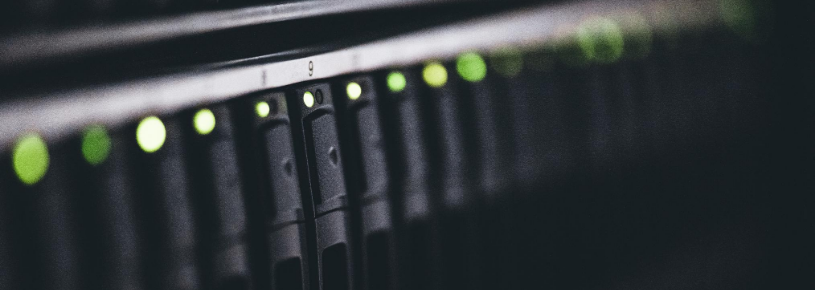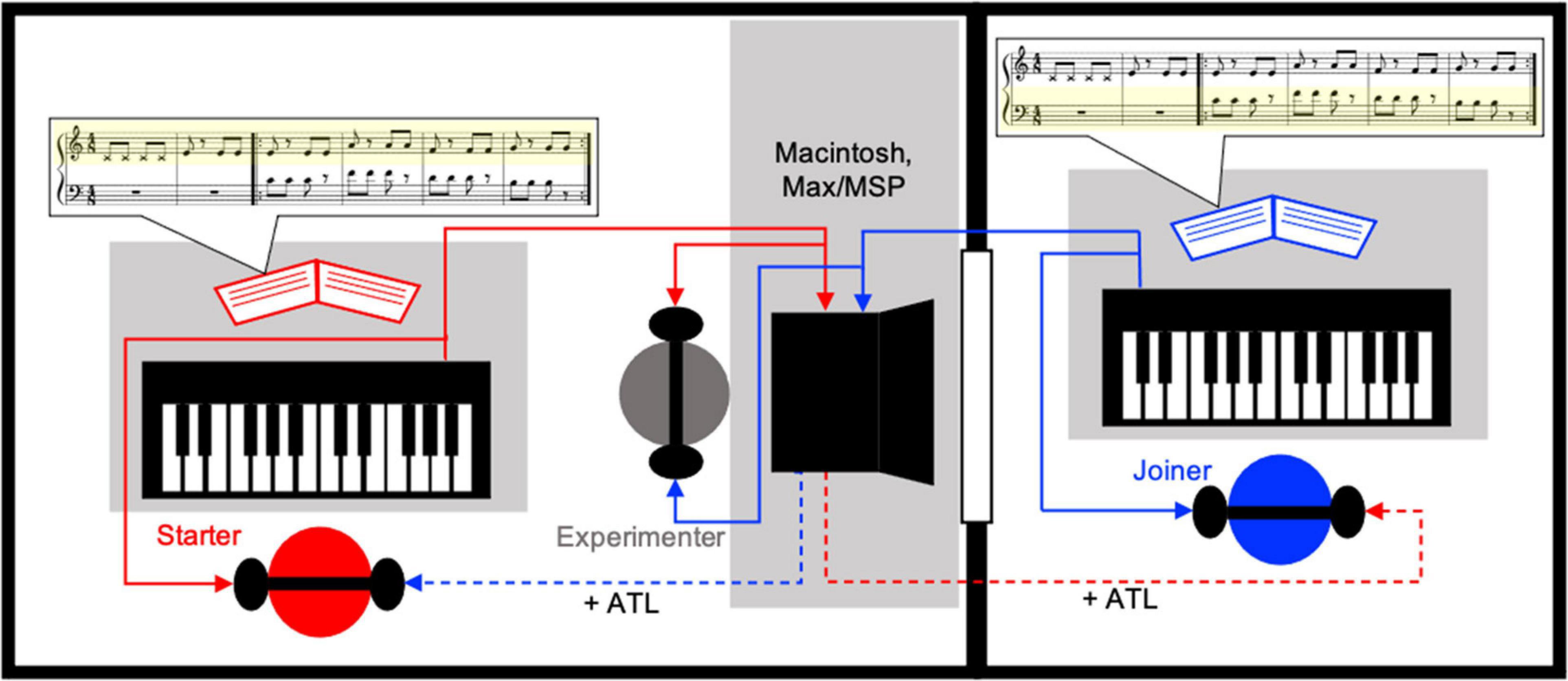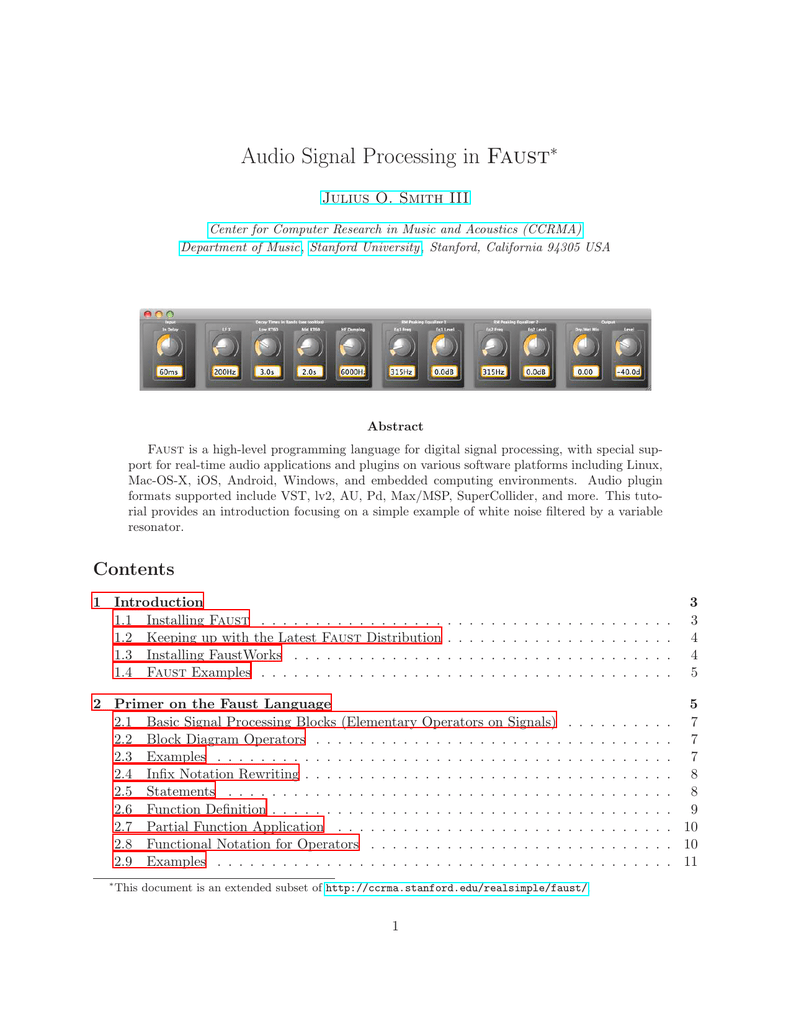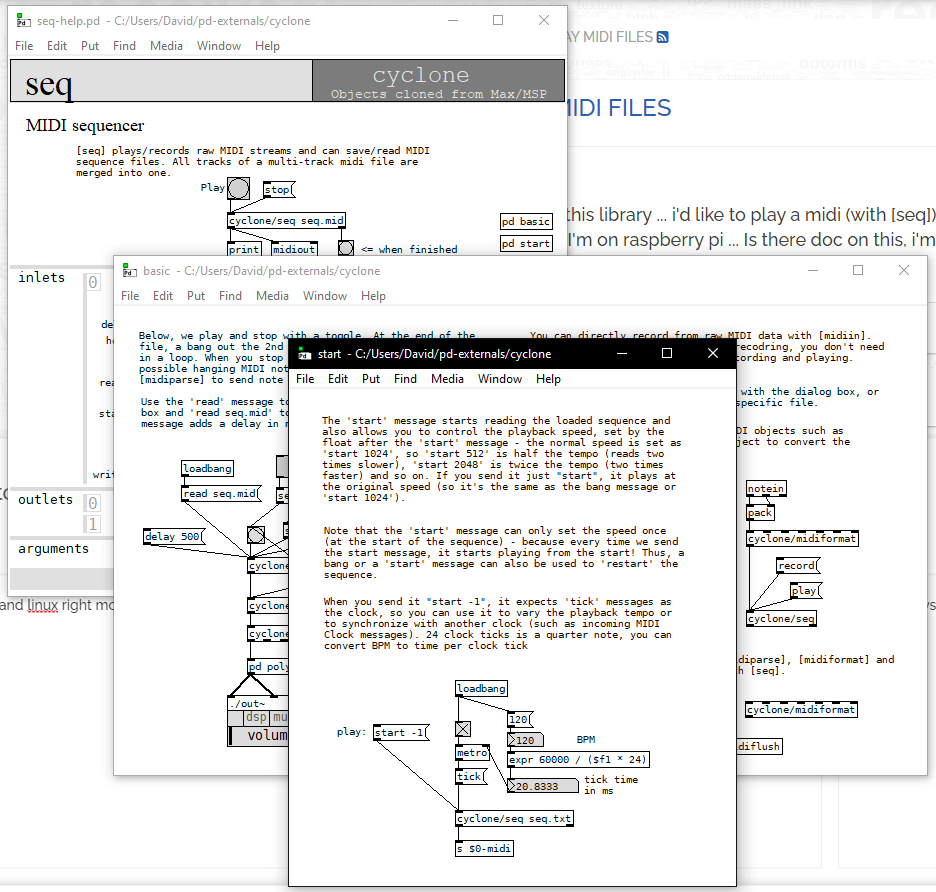
There is a certain sense of "death of the author" about what a controller is intended for and what people can and do use it for, so this is both a vague and specific personal response: Long possible ramble there, but anyway in this day and age, you can do this all digitally, like so, and without requiring hardware boxes to split or merge the signal.
#Max msp linux Patch
(Technically behind the scenes the signal always got sent to the patch panel, but there were "normalisation" mechanisms to always pass the output of that send on the patch panel to the input of the return, even without a patch cable). The input and output of the reverb were already connected to the back of the patch panel, so a temporary patch is made to send that channels send to the reverb input, and from the reverb output on the front of the patch bay to the "return" related to the send point it came from. These are points in the channel path where the engineer can choose to have the signal, instead of travel straight down through the channel on the desk, go to the patch bay where it could be connected usnig a patch cable to an "outboard" fx unit, like a reverb unit or whatever. Not sure what Ableton has in this way.īefore software, you could use a patch panel to connect together equipment in a recording studio. Linux has had this for a while but it has only more recently started to take off. You can also use those signals to drive a hardware modular synth (Eurorack, etc). Not sure about how Bitwig does it).īitwig now also has an in-built modular synth like system, where you can generate signals to modulate parameters in any part of the DAW. Now days both Ableton Live and BitWig also have internal scripting (Max For Live, which is Max/MSP, which is the program the creator of Pure Data made/started before making Pure Data. Then 5 years ago Bitwig came along and copied this theme, and, imo, like broadband in South Korea had less legacy infrastructure than western countries, they managed to take the experience people of had of that mode and they managed to do it better. This allows more ways to make music (more expressivity), especially live. Instead of a focus on arranging music in individual tracks from song start to song end, each segment of audio/notation could be activated separately. The difference Ableton brought in around 15 years ago was to also have a "non-linear" arrangement of said audio/MIDI data.
#Max msp linux software
What level of performance has ableton live?Ĭlassic DAWs have a linear arrangement of audio and MIDI (MIDI essentially being a notation language to trigger hardware and software instruments and effects, discrete messages to turn a note on, turn a note off, change parameters, etc) data. What is MIDI? I googled this question and got some info, but still don't understand, especially about patching. I'll keep in mind your feedback, but some things that you said are not clear for me now, because I'm only getting started.


#Max msp linux plus
Zrythm is aiming to be something like that eventually (though possibly more for production than performance (though I don't think that's a constraint of Live-like environments in general though, clue being in the name, plus I've watched a friend perform breakcore at a night recently using a Bitwig on Arch Linux and a MIDI controller)).

The only Live-like environment for Linux currently is Bitwig, and that is closed source and costs. Milk wrote:According to some, there are DAWs and there are Live-like environments.

For MIDI style scenes/clip launching, check out sequencer64. Saying that, many things are possible.įor session management and plugin host, check out Carla. You can easily use multiple apps together, script routing, things are more modular, but some use cases / forms of expression there just isn't yet support, ways to connect/script things that would just be first-class possibilities in Bitwig or Live. This approach provides both big advantages and disadvantages. Zrythm is aiming to be something like that eventually (though possibly more for production than performance (though I don't think that's a constraint of Live-like environments in general though, clue being in the name, plus I've watched a friend perform breakcore at a night recently using a Bitwig on Arch Linux and a MIDI controller)).Īlternatively, you can try out the "inverted DAW" nature of using JACK, where you can patch audio, MIDI and CV between JACK apps (and LV2 plugins). According to some, there are DAWs and there are Live-like environments.


 0 kommentar(er)
0 kommentar(er)
